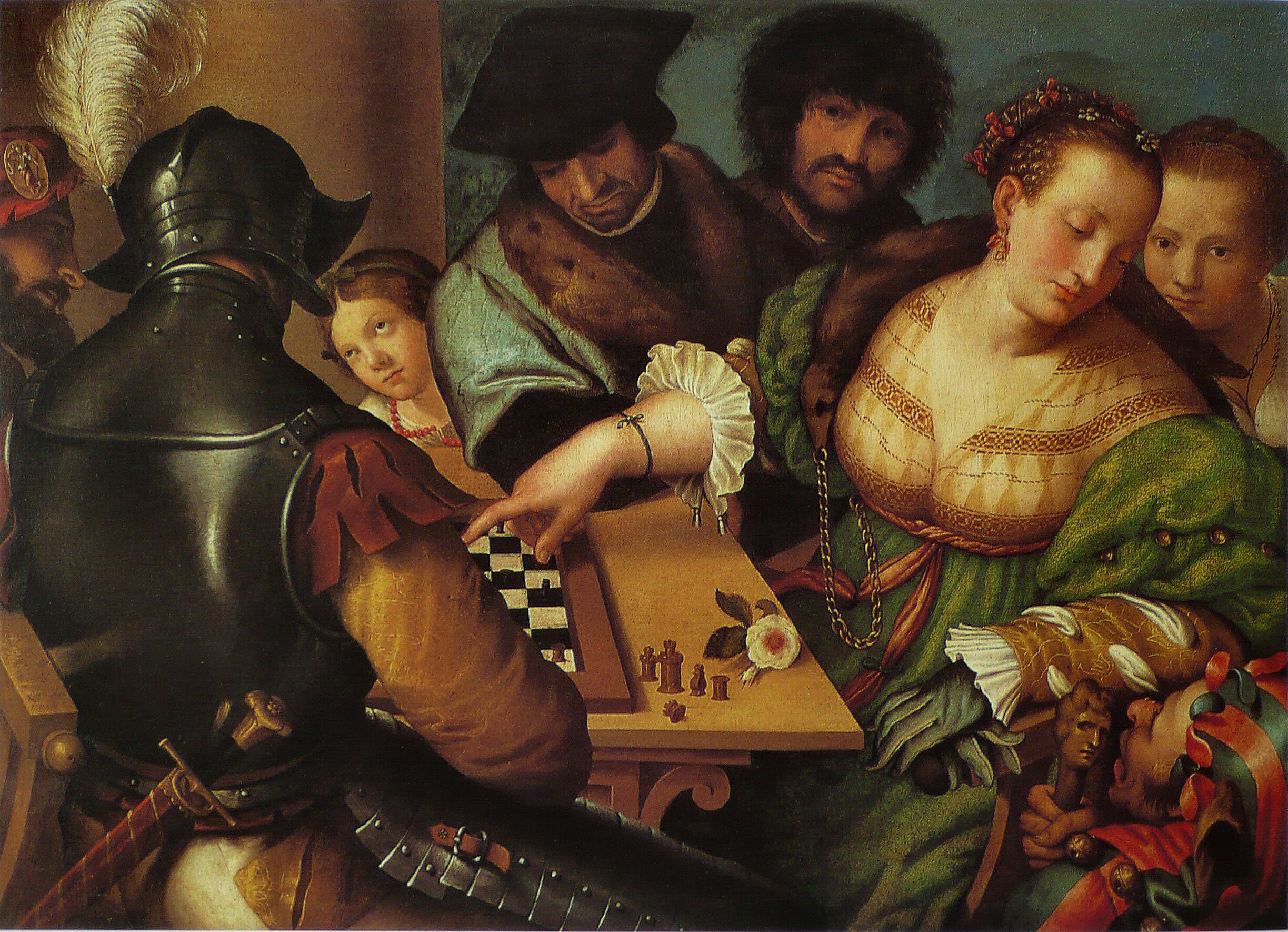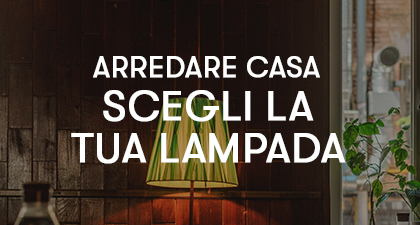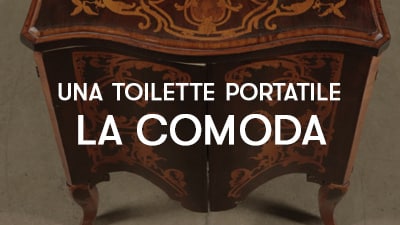
Vestigia di epoche passate, testimonianze di usi e costumi oramai desueti… Gli oggetti antichi suscitano oggi più che mai grandissimo interesse.
Quello dell’antiquariato è un mondo affascinante e misterioso, tutto da indagare e da scoprire.
A tal proposito abbiamo deciso di dedicare all’argomento una serie di approfondimenti per metterne in luce particolarità e curiosità che pubblicheremo il lunedì.
Il primo appuntamento con il Classic Monday è dedicato ad un interessante pezzo d’arredo caduto in disuso.
Si tratta di un mobile che non figura più nelle case moderne, se non con funzione meramente decorativa:
il tavolino da gioco.
Nato nel Medioevo, il tavolo da gioco ha conosciuto diverse evoluzioni sino alla sua sparizione quasi definitiva nel XX secolo.
Prima del regno di Luigi XV qualsiasi tavolo poteva essere adibito allo scopo: bastava porvi sopra un drappo di velluto o di lino et voilà, il tavolo era pronto ad accogliere interminabili partite di carte o di dama.

Fu solo nel diciottesimo secolo, periodo d’oro del mobile francese, che il tavolo acquisì una funzione specifica in base al suo utilizzo.
Si dice che Maria Antonietta, l’allora regina di Francia, avesse una vera e propria dipendenza dal gioco d’azzardo, e non era certo la sola… Gran parte della nobiltà francese considerava il gioco come una delle principali forme di intrattenimento.
Fu così che i maggiori artigiani del tempo idearono tavolini altamente specializzati, studiati appositamente per i giochi più popolari: scacchi, dama, l’amatissimo tric- trac e così via.

Si trattava di pezzi raffinatissimi, spesso molto elaborati; i più interessanti erano modulabili, dotati di cassetti e scompartimenti segreti.
Vero protagonista di questo periodo fu il tavolino da gioco semicircolare.
Aperto poteva ospitare sino a sette giocatori, a giochi terminati, il tavolino veniva ripiegato e adagiato contro la parete dove, minimamente ingombrante, assumeva una funzione decorativa.
I mobili in stile Luigi XVI sono considerati tra i più belli mai realizzati; semplici e raffinati, caratterizzati da linee classiche ed eleganti.
Si pongono in netto contrasto con l’asimmetria e l’abbondanza di elementi decorativi del Rococò e del Luigi XV.
Elemento chiave è la ripresa dei temi della cultura classica greca e romana, che si traduce in forme lineari, compostezza geometrica, decorazioni simmetriche ed evocative del mondo antico.
Caratteristici di questo periodo i tavolini da salotto, da gioco, da tè e da caffè, contenuti nei volumi e dalle gambe sottili a sezione quadrata, che presentano piedi affusolati a cono o a piramide.
In seguito alla Rivoluzione Francese vi sarà un ulteriore irrigidimento e semplificazione degli arredi.

Andrà affermandosi lo stile Direttorio (di cui il tavolino da gioco dell’immagine qui sopra è uno splendido esempio).
Dall’eleganza piuttosto rigida, mantiene le forme classiche del periodo Luigi XVI svuotandosi però di intarsi, di bronzi elaborati.
Il mogano con il suo colore austero ma imperiale diventa pian piano il legno più diffuso e richiesto (che diventerà uno dei tratti caratteristici dell’epoca Impero) senza tanti fronzoli.
Sarà in epoca Impero che i mobili torneranno ad arricchirsi di tutti quei simboli anche scultorei legati all’impero romano ed alla figura di Napoleone.
Dopo la caduta dell’Impero Napoleonico si assisterà ad un’ulteriore sviluppo di questa tipologia di arredi che andrà a rispondere alla necessità di arredare le case della nuova classe borghese.





















